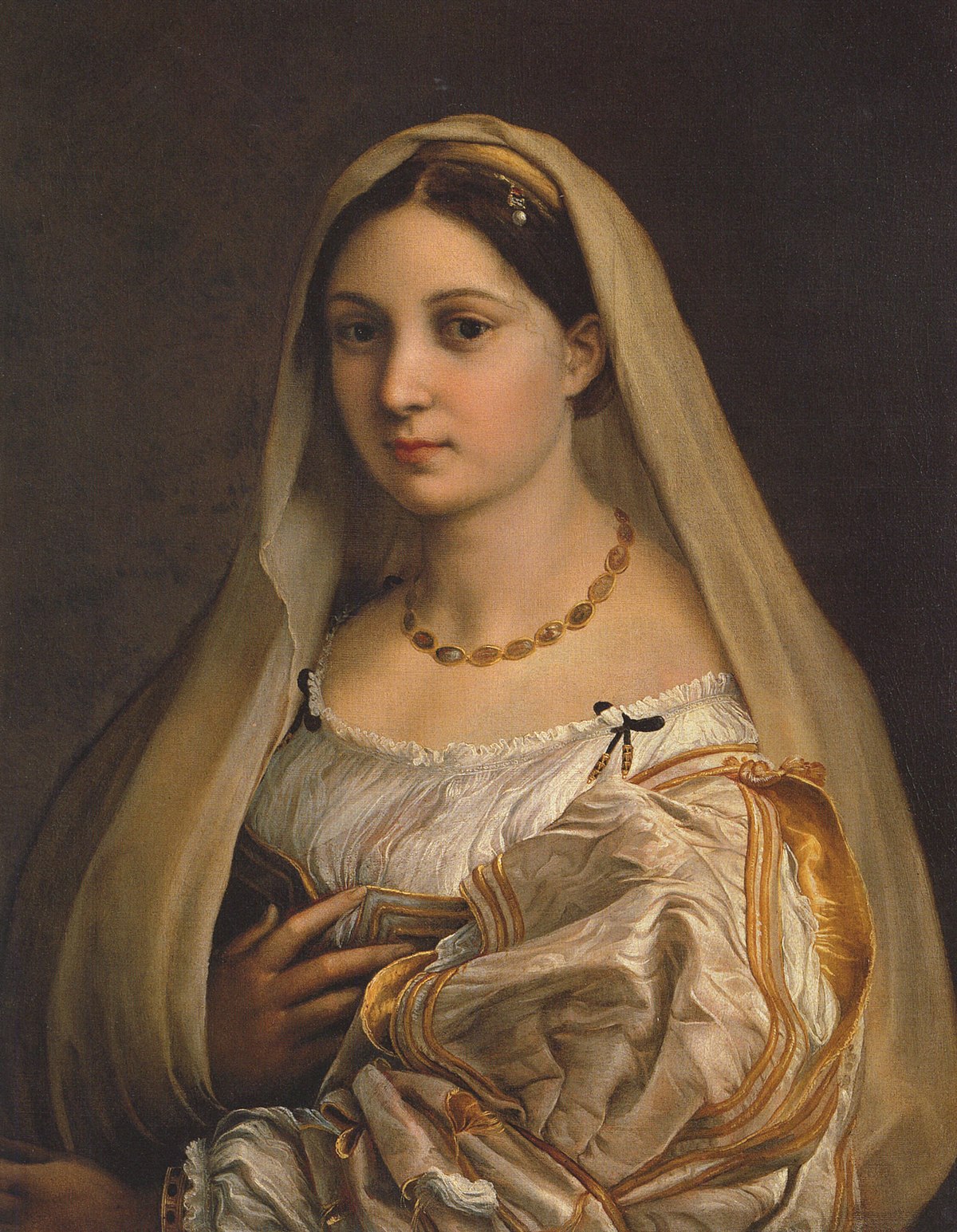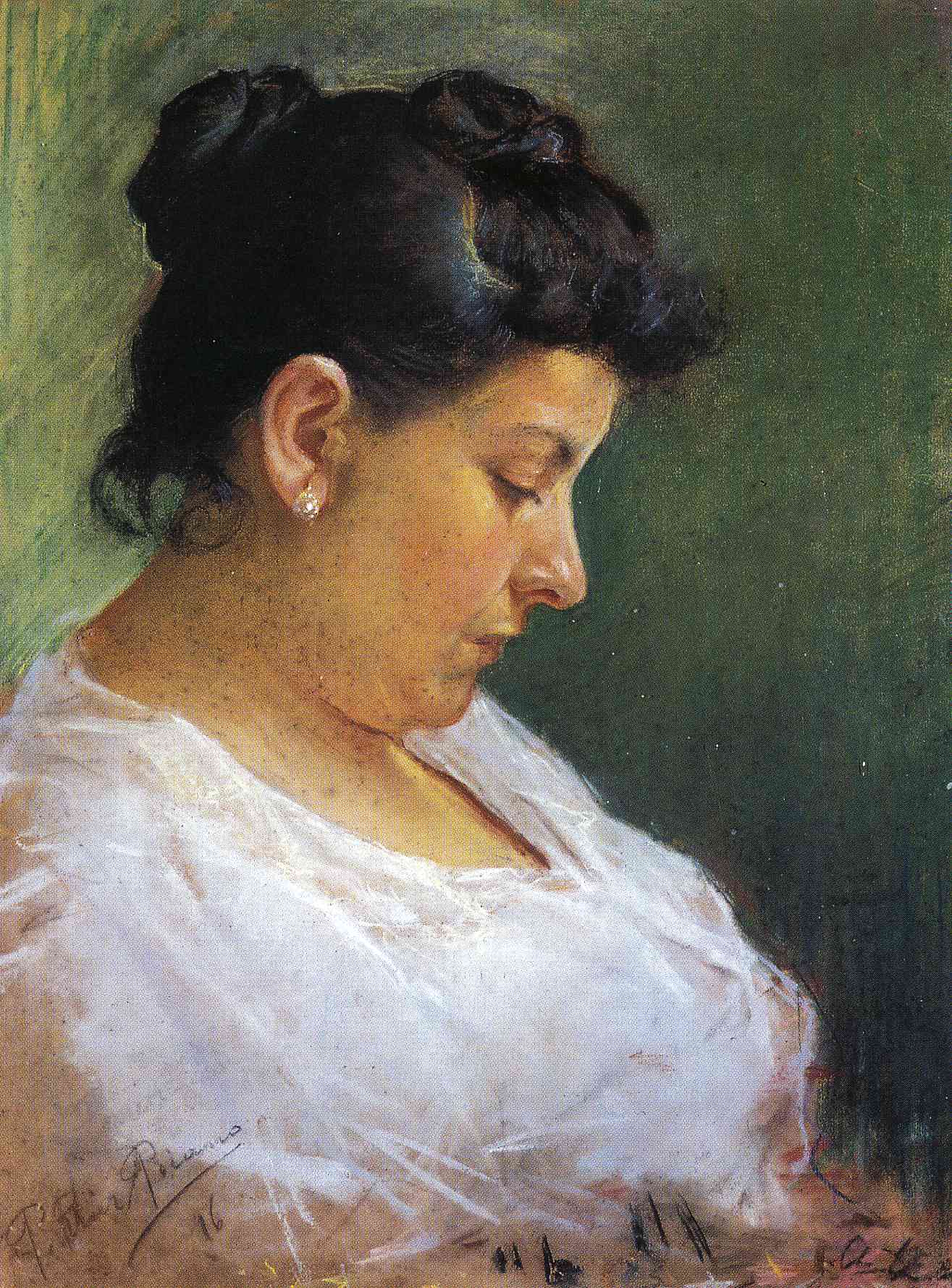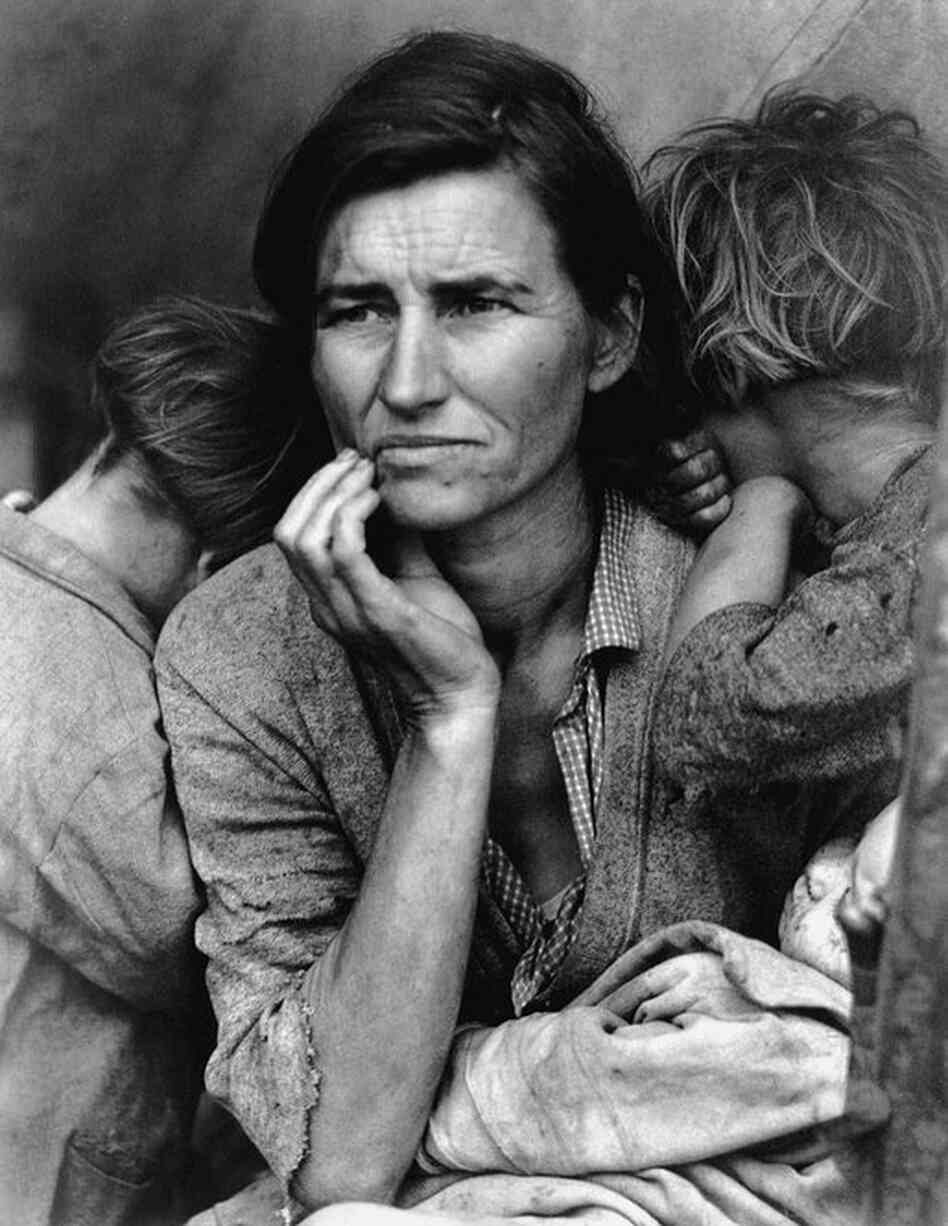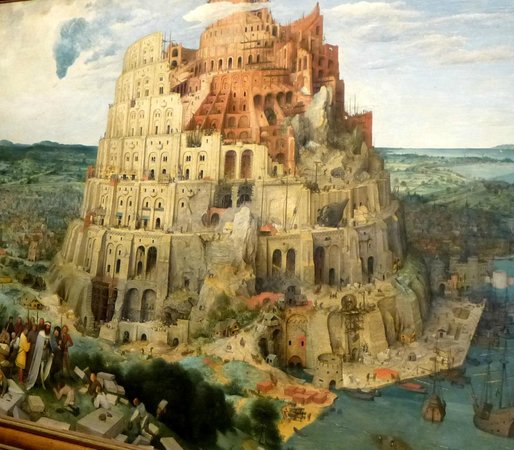What is your favourite piece of Art ??
Posted by: TOBYJUG on 22 August 2017
Thought I'd like to liven up the gazing individuals amongst us.
Art is a funny thing, for me it's got to be a painting. I could be very happy looking at a modern painting of a painter painting paint. As it's just a painter at the end of the day just painting !!
from what I have seen in the few museums and galleries I have visited, by far the best has been at the Rijksmuseum in Amsterdam. In particular the Dutch Masters. Those small exquisitely detailed paintings.
Johanasse Vermeer is perhaps best known for the painting " The girl with the pearl earring " although the " women in blue reading a letter" is my favourite.

Jackson Pollock's 'Mural'
(Seen once at Pop Art exhibition, Royal Academy, 1990s. Moved me to tears, as all good art should.)
We stumbled across this in the Prado. It's incredible to think that it was painted between 1490 and 1510. One of my favourites.

I studied History of Art at UCL and the Courtauld (when it was at 20 Portman Square W1) back in the 1980s, so I have seen quite a few pictures in my time... ![]()
My fave artist is Picasso - all periods, although the quality of his worked dropped a bit after the war.
This - Garçon à la pipe - is a favourite early work (1905), from his "Rose" period. He was about 24 when he painted it:

Picasso's near contemporary and great rival, Henri Matisse, painted this monumental work, Bathers By A River, in spurts between 1909 and 1917. It's in the Art Institute of Chicago and is well worth seeing in the flesh (all paintings, bar the Mona Lisa are best seen "in person" rather than in reproduction) if you're in that fine city:

Along with Rembrandt and Holbein, the (comparatively) little-known Giovanni Battista Moroni (about 1521/4 to 1579/80) was the greatest portraitist in the history of art. In fact he painted virtually nothing else but portraits, all of which are hugely innovative for their time, technically dazzling, psychologically penetrating and exquisitely painted.
This wonderful portrait of a tailor, painted in about 1570, is a highlight of the National Gallery's collection (one of the best in the world) and worth a visit next time you're in London:

That most famous and enigmatic of artists, Leonardo da Vinci, actually produced very few paintings. Many are lost, others are adulterated, some were never finished. Leonardo's experimental techniques often resulted in works that fell to pieces as soon as they were finished, and no other painter of his stature has been as great a victim of disastrous and often malicious interventions/restorations.
The best exhibition I have ever seen was the National Gallery's stunning Leonardo overview of 2011-12, the most successful art exhibition ever held in this country and the result of more than a decade's worth of careful negotiation - a huge coup for this most noble of institutions. It collected virtually every extant attested work except the murals and old Mona together in one place for the first, and probably last, time.
The vast, crumbling masterpiece The Last Supper (1494) in Milan might be his greatest work, but this portrait, Lady with An Ermine (about 1490), which is in Krakow but which visited London for the aforementioned show, is my personal favourite:

The Italian High Renaissance's "Big Three" artists were Leonardo, Michaelangelo and Raphael (Raffaello Sanzio da Urbino, 1483-1520). When I was studying HoA Raphael was still out of fashion except among Renaissance buffs, partly because, I suspect, his sweet and saintly Madonnas and precise compositions were popular with the then-detested Victorians; as well as being immune to the egregious analyses of Marxist, feminist, structuralist and post-structuralist art historians. Fortunately that era was short-lived and his paintings can now be appreciated for their sensuousness, beauty, perfect composition, and use of light. It's sexy stuff.
This faultless portait of 1515, La Donna Velata, is one of Raphael's many masterpieces. It is thought to be of one of his many mistresses (he was by all accounts one of the best-looking men of his era). It's in the Palazzo Pitti in Florence, and is again worth seeing up close.

On the subject of Raphael, this remarkable self-portrait was drawn when he was about 14 or 15, and demonstrates his prodigious talent.

One artist whose works are almost impossible to appreciate in reproduction is the Frenchman Claude Lorrain (1600-1682), who painted mostly in Italy, making use of the light there - as this work, A Seaport At Sunset (1639) amply demonstrates. However you really need to see the work in the flesh, so next time you're in Paris, make a beeline for the Louvre, where it currently resides.

I'll throw in a couple of Americana pieces; first, Grant Wood's "Parson Weems Fable"
It cracks me up that little George Washington, seen here being unable to tell a lie, has his dollar bill/Gilbert Stuart powdered wig head. This piece is in the Amon Carter Museum in Fort Worth, TX. If you ever get a chance to go, by all means check that museum out, and across the mall is the Kimball Art Museum as well. The Carter is a lot of Remington stuff, but the Kimball has some great European art, and they seem to attract excellent traveling exhibitions that will only stop in 3 or 4 locations in the USA. They must have some very well connected benefactors. (Saw an awesome Monet exhibition there, as well as Post-Impressionist, featuring my Manet from above...which I also saw at the Art Institute of Chicago - another top shelf facility.)
This other is a lesser known piece, by one Jasper Cropsey, a member of what has been referred to as the "Hudson River School" - also hangs in my bedroom as a canvas print. It is also at the Amon Carter..."The Narrows From Staten Island".

I was born and raised on Staten Island, so I was quite surprised to see this in the museum in Fort Worth, especially one as dedicated to "cowboy art" as the Amon Carter is. Fort Hamilton and Fort Wadsworth are still there to this day.
This is roughly the same view now:

I used to drive over the Verrazano Narrows bridge every day in the summer to go to work in Brooklyn.
And to think I now live in a city where the biggest museum is the NASCAR Hall of Fame...![]()
Picasso painted this technically jaw-dropping, yet affectionate, portrait of his mother when he was 15. Fifteen. Let me repeat that - 15 years of age.

The Letter

A pastel painting by Sally Strand, a college friend who became a well known painter.
One of my favorite photographers is Dorothea Lange

Migrant Mother, Nipomo, California (1936)
During the Great Depression, Lange began to photograph the unemployed men who wandered the streets of San Francisco. Pictures such as White Angel Breadline (1932), showing the desperate condition of these men, were publicly exhibited and received immediate recognition both from the public and from other photographers, especially members of of Group f.64. These photographs also led to a commission in 1935 from the federal Resettlement Administration (later called the Farm Security Administration [FSA]). The latter agency, established by the U.S. Agriculture Department, hoped that Lange’s powerful images would bring the conditions of the rural poor to the public’s attention. Her photographs of migrant workers, with whom she lived for some time, were often presented with captions featuring the words of the workers themselves. FSA director Roy Styker considered her most famous portrait, Migrant Mother, Nipomo, California (1936), to be the iconic representation of the agency’s agenda. The work now hangs in the Library of Congress.
Some folks do not consider photography art, I am not one of them.
Art like music is a very personal thing although I cannot get as excited about art but I do like looking at art especially photography. We went to the Guggenheim in Bilbao a few years back and wow what a building they were showing Pollock and Warhol and I have to say the Pollocks in the 'Flesh' were pretty amazing, my other half got very excited about Alexander Calders 'mobiles' for want of a better word.
Another area of art I enjoy is graphic design and industrial art.. there are the very well known such as Alphonse Mucha, but there is also lesser known such as Fougasse (Cyril Kenneth Bird) who was commissioned to do work for the London Underground

Kevin-W posted:One artist whose works are almost impossible to appreciate in reproduction is the Frenchman Claude Lorrain (1600-1682), who painted mostly in Italy, making use of the light there - as this work, A Seaport At Sunset (1639) amply demonstrates. However you really need to see the work in the flesh, so next time you're in Paris, make a beeline for the Louvre, where it currently resides.
There is a stunning room in the National Gallery (London), Turner left 2 paintings to the gallery on condition they were always shown with the 2 Claudes in the collection. It's a tiny room with 4 doors, many people just use it as a junction, it's worth taking time to find it and savour it, 4 wonderful works, one of my favourite places in the National.
I agree to see much classical painting art you really need to see it for real to appreciate it, copies and photos just do not do them justice. One of my favourite early artists (thanks Nigel for the cue) is Pieter Bruegel, and I loved how he studied groups of people from his mid 1500s.. villagers, peasants and the like. One of my favourites of his is the Tower of Babel.. which of course failed because groups of humanity failed to work together because different languages and cultures were 'imposed' on them.

However the reproduction here doesn't do it justice to the master to be seen (one of the three variants) at the Kunsthistorisches Museum in Vienna
And for attention to detail Canaletto is up there with the best.. here is one of my favourite non Italian scenes of the River Thames looking towards Westminster from Lambeth
 My parents had a copy of this, and I used to spend hours peering into the picture at the details.. a real vignette of an era.
My parents had a copy of this, and I used to spend hours peering into the picture at the details.. a real vignette of an era.
Is it seeing it for real, or seeing at the size intended? I don't spend much time in art museums (they rank only just above Ipswich as a place to visit in my view) but occasionally I have seen a work of art at full size and it has been very impressive (Jackson Pollock for instance), but is it a case of 'small or far away'?
I think it's the both, scale, lighting and to some degree presence...
Ipswich isn't so bad...I used to live there... not much special though if you are not in to boats, football or old churches I agree...but yes I am not sure I would travel half way around the world to visit... However just outside Ipswich is Constable Country and of course the Hay Wain and Willy Lott's cottage were painted just a few miles from Ipswich.. and those scenes are not totally dissimilar today.
Nick, it's both. I remember being shocked the first time I ever saw The Birth of Venus in 'real life'. I had always assumed it was an intimate painting, but it is comparatively huge - about 5ft 7in x 9ft 1in. Seeing it at this size gave me a whole new perspective on the work. For some pictures it's the opposite - they are far smaller than one assumes from reproduction. But it's not just about size, it's about looking at the brushtrokes, enjoying intimacy and a personal relationship with the work, seeing the work in a context (in a well-hung gallery) etc.
The only pic that isn't really worth seeing in the flesh is the Mona LIsa - it's comparatively small, is shielded by two layers of bullet-proof glass and you can't get anywhere near it because of the selfie-snapping crowds that surround it these days. I have been to The Louvre a couple of dozen times in my life, and I've only seen the world's most famous painting once, and that was back in 1984!
It's so hard for me to pin down a particular favourite. I guess it would have to be a painting. Like some others here I have been fascinated by the paintings of Bruegel since I was a boy - so much detail to take in! And then my years in the States brought me my first experience of such diverse masterpieces as Edward Hopper's Nighthawks and the desert paintings of Georgia O'Keeffe.
However, I'm in awe of those artists who can capture best the brilliance of light in paint, so I'll choose two, one American and one English. From America, Albert Bierstadt's painting of the Sierra Nevada Mountains, which I was able to see in Boston when it was on tour - you just wanted to step into it, run with the deer, swim in the lake, climb the mountains..:

And from the National gallery, it has to be Turner:

Among many - so I haven't tried very hard.

Bacon: Study of George Dyer, 1970
Richard Dane posted:
And from the National gallery, it has to be Turner:
You beat me to it Richard - I've just sat the National for ages admiring it. Apparently it is technically not very good - I'm told!!



